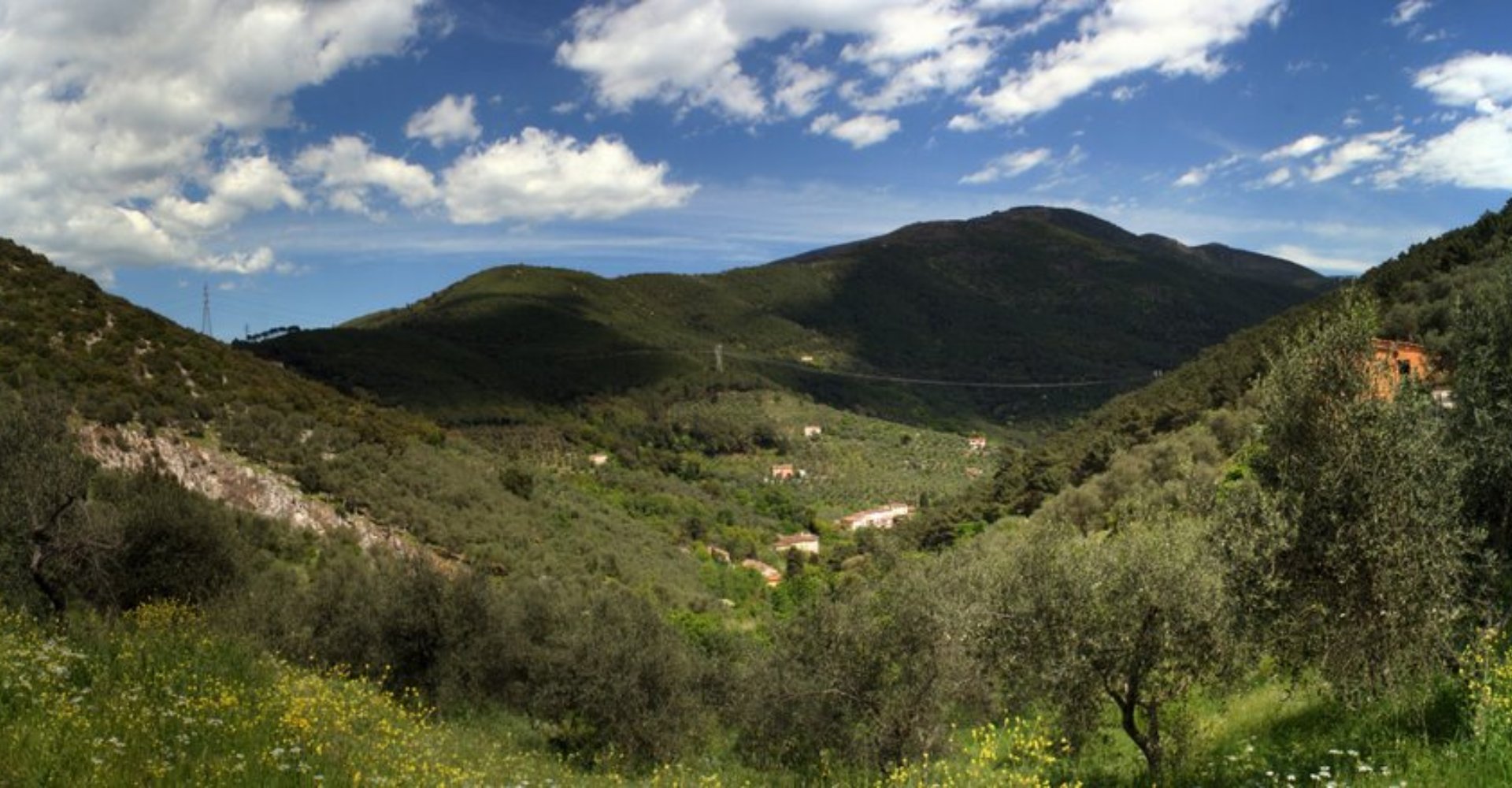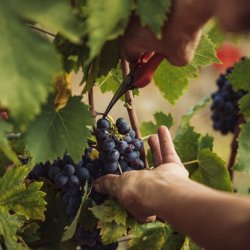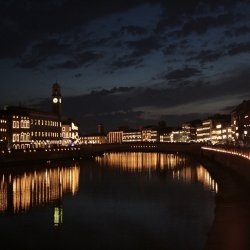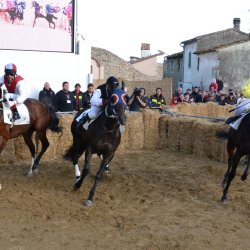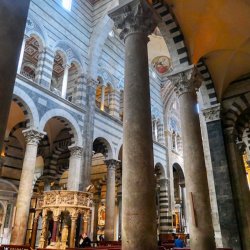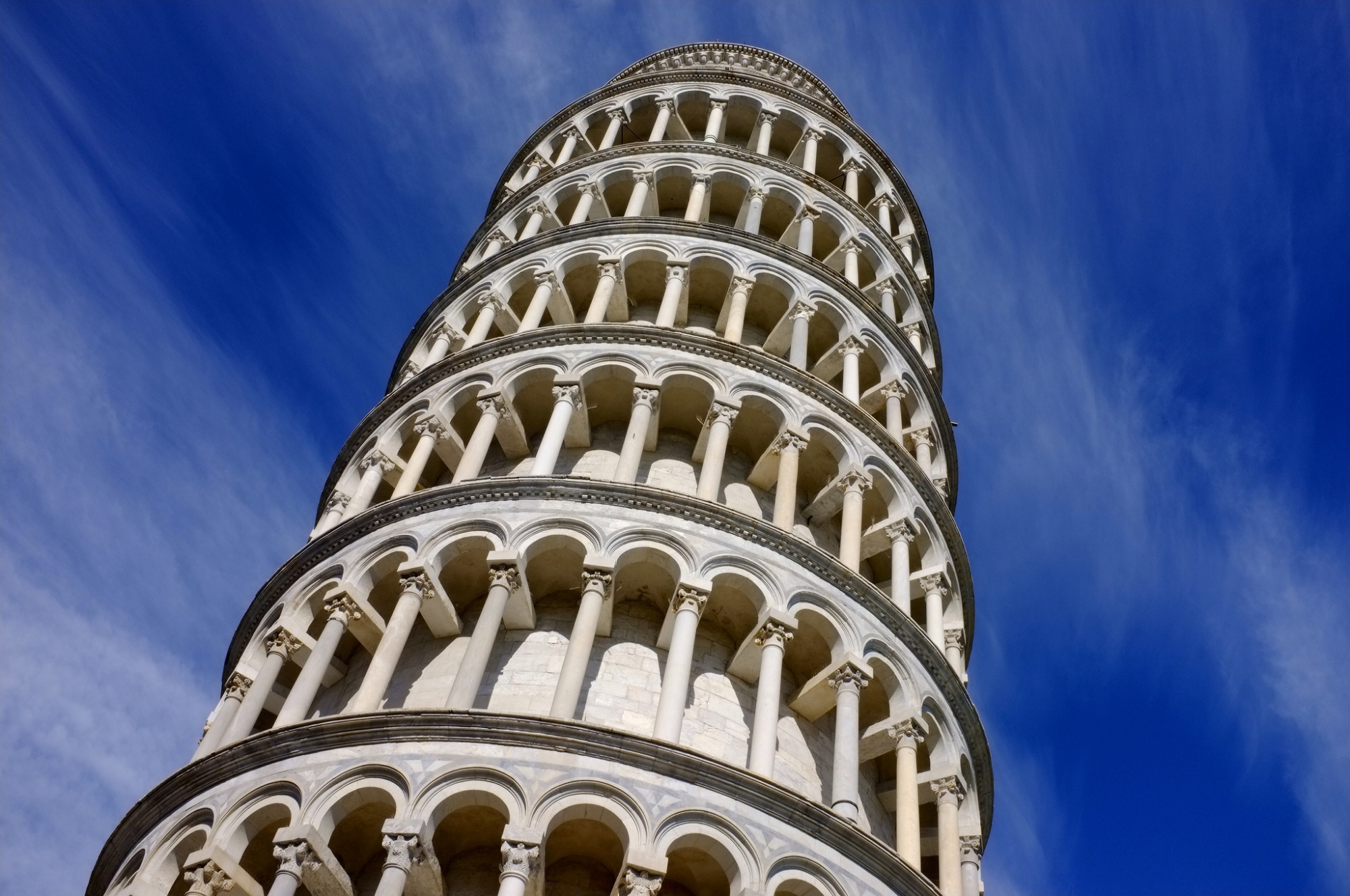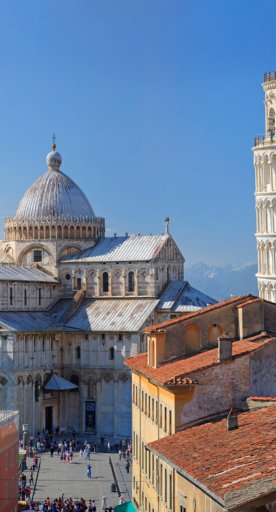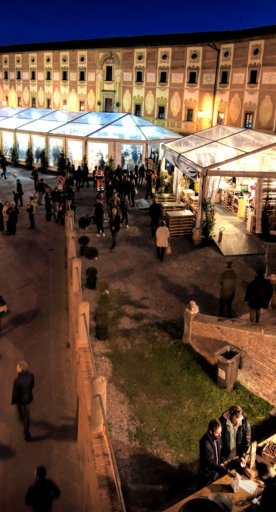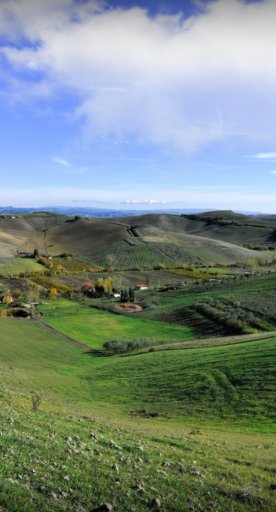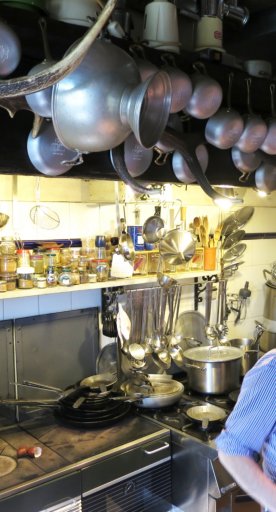Villas and parks on Monte Pisano
A journey through the elegant architecture and flower gardens of Tuscany
The areas on the slopes of Monte Pisano, rich in history and nature, are the ideal destination for a day trip out of the city. Villa Roncioni, for example, in the Municipality of San Giuliano Terme, was the backdrop for the love between Ugo Foscolo and Isabella Roncioni, as well as the film set of some scenes from the film The Portrait of a Lady. Surrounding the villa, you will find numerous protected areas, some that have been inhabited since the time of the Etruscans and Romans.
Here are some travel ideas, from elegant architecture to flower gardens:
-
1.Villa Roncioni in Pugano
-
2.Protected natural areas on southern Monte Pisano
-
3.Protected natural areas of eastern Monte Pisano
Villa Roncioni in Pugano

On the left slope of the lower Serchio Valley stands the attractive Villa Roncioni, built in the 15th century. The romantic park that surrounds its – designed in contemporary style in the 19th century by the architect A. Gherardesca – covers an area of around five hectares and is furnished by numerous buildings and architectural elements in Neo-Gothic, Neoclassical and various other styles (La Bigattiera, L’Eremo, the castle ruins, the Temple of Bacchus). These serve to enhance an environment that is already characterised by a flora that is slightly different to that of the surrounding area: cypress vines, deciduous oaks, holm-oaks and other Mediterranean evergreens grow side-by-side with more exotic plants like the plane trees on the roundabout at the entrance and the bald cypress, a North American marsh conifer, that adds its beauty to the lake. Today the villa is a seat of the prestigious Cerratelli Foundation, which curates the heritage of the famous Florentine art house, including costumes, posters and photographs from the time.
Protected natural areas on southern Monte Pisano
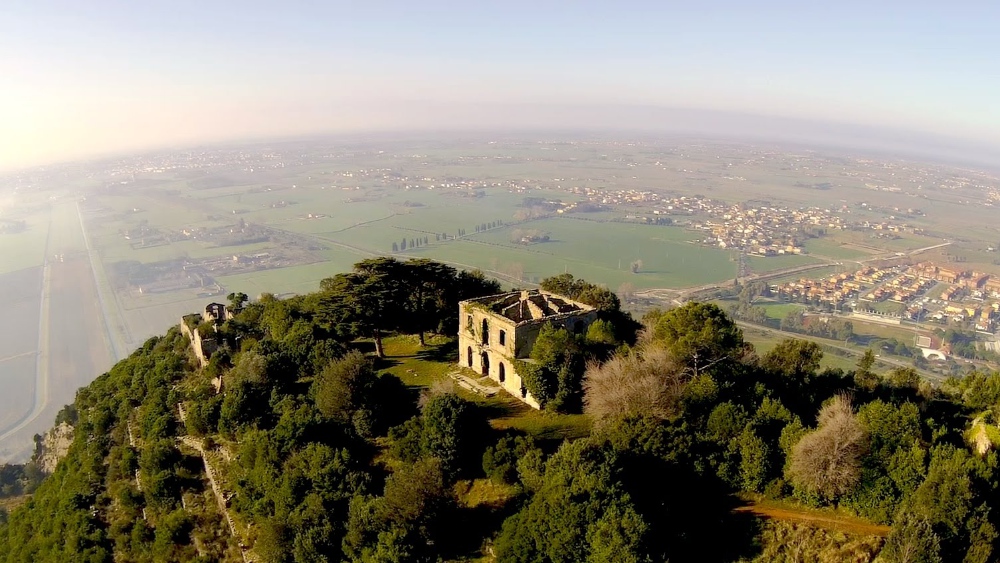
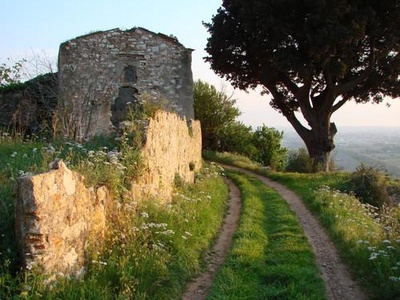
The two “P.N.A.L.I” (protected natural areas of local interest) in Monte Castellare and the Delle Fonti Valley protect some parts of the southern slope of Monte Pisano. The Monte Castellare area, near San Giuliano Terme, is characterised by the garrigue plants that grow in the chalky soil, a product of fires and grazing (there are traces of human settlements dating back to prehistory). The vegetation you see today consists of shrubs that have adapted to the dry climate of the area and which often have very fragrant leaves, for example: myrtle, cistus, thyme, felty germander, savoury and rue are common. The rare terebinths that grow next to the more common mastic trees and mahaleb cherry trees are particularly interesting.
The Delle Fonti Valley, near Asciano, meets with the Zambra river valley and joins the ridge that leads to Monte Faeta (830m above sea level), whose name calls to mind the beech trees of ancient times. The valley owes its name to its abundance of springs of clear, chalk-less water that fed the Medici Aqueducts around Pisa. Dense forests with rows of deciduous trees and shrubs, products of the damp soil, characterise the area: alders, willows, elders, dogwoods and even hazels make up these plant communities in which you can find rare evergreens like holly and bay trees.
Common wild clematis and the rare silk vine grow in the trees, while numerous ferns grow in the undergrowth: of these, the royal fern is particularly important owing to its rarity. Other weeds in the undergrowth stand out for their flowers. Interestingly, the bryophyte flora with its numerous species of liverworts, mosses and especially sphagnums, is in some cases also very rare.
Protected natural areas of eastern Monte Pisano

On the eastern slopes of Monte Pisano, two more “P.N.A.L.I” protect interesting natural environments: the areas of endangered ‘laricio’ pines on Monte Cucco and the Bosco di Tanali. The laricio pine is a species that exists in small populations in limited areas of the Mediterranean (Corsica, Calabria, Etna) and here it is, in this chilly, exposed valley in the north-east where you find plant communities in damp gorges, akin to previously described Delle Fonti Valley, with rare broadleaves, holly and ferns.
In the Bosco di Tanali, stretches of old lowland countryside that typify the basin of the now dry Lake Bientina are protected. In particular, this area, that is periodically flooded with rainwater, conserves a forest of English oak trees (Quercus robur), black alders, poplars and buckthorns, in whose undergrowth one can find the uncommon guelder rose. Grassy pastures with ponds populate the open environments in which rare hydrophytes like bladderworts and frogbit, among others, all thrive. There are also some species that grow here that are threatened at a regional and national level like the European water-plantain, arrowheads, marsh orchids.
